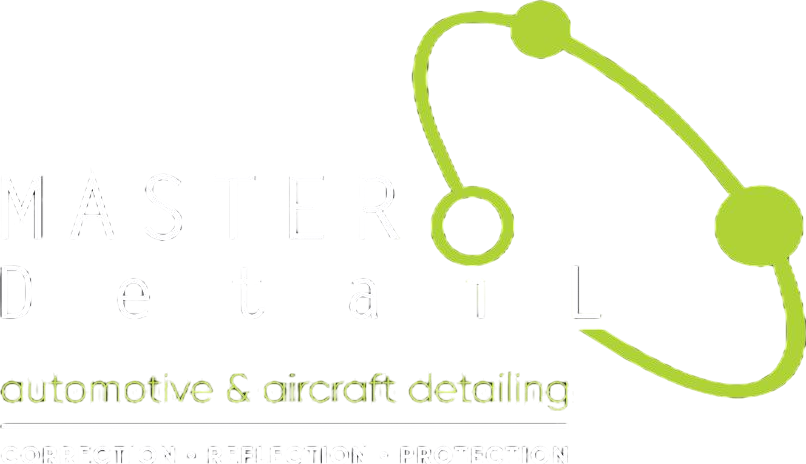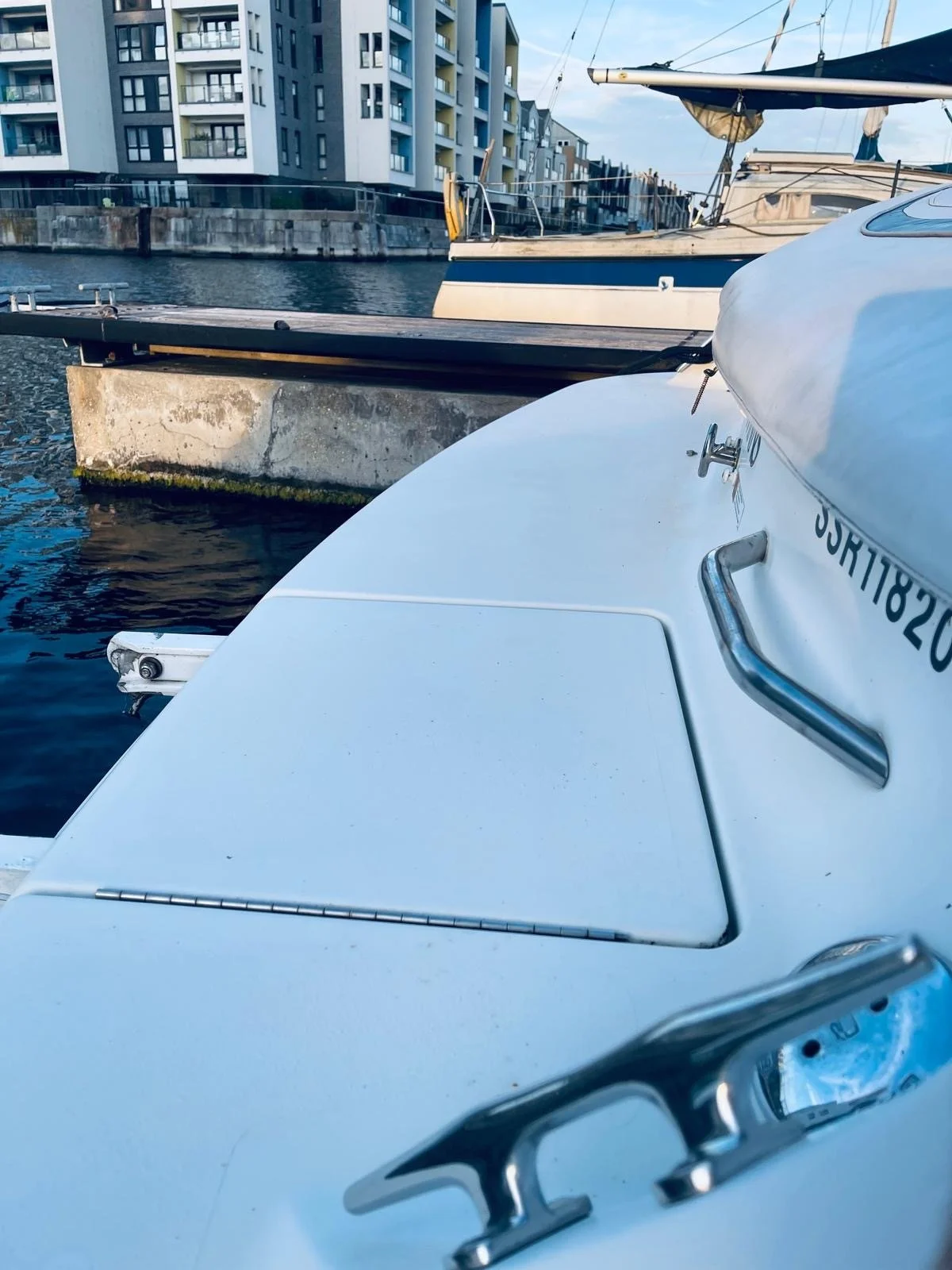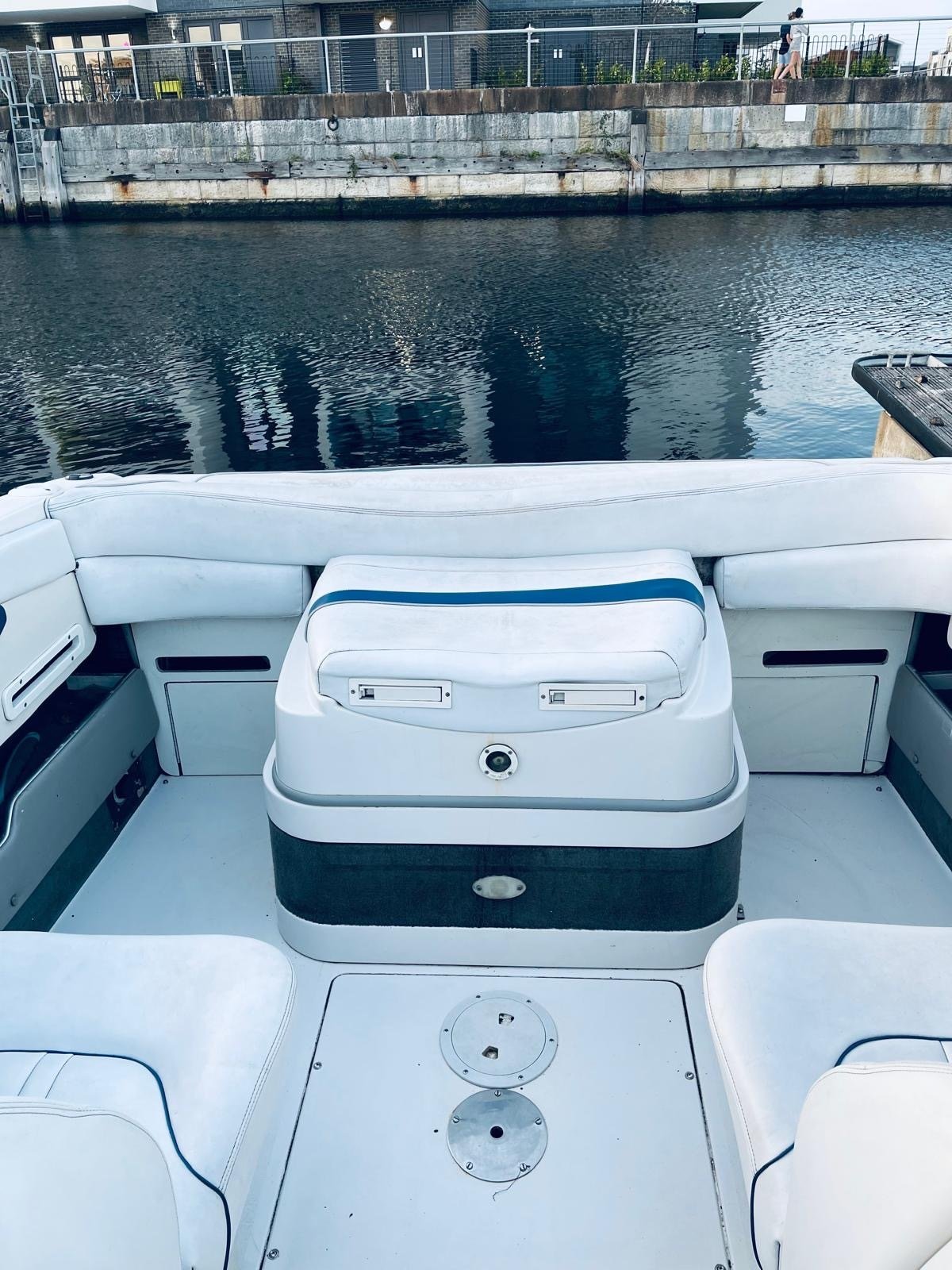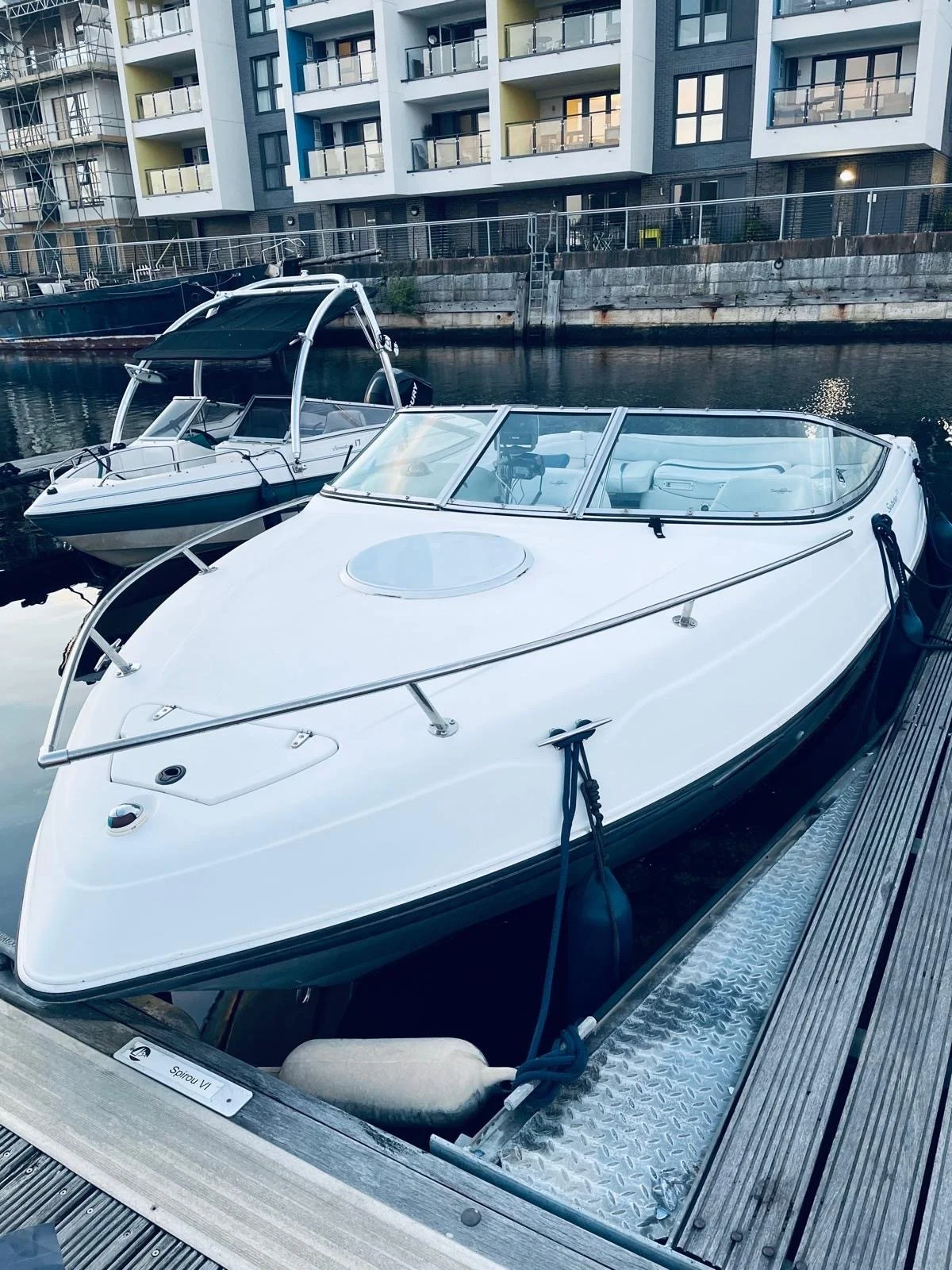
At Master Detail we pride ourselves in our professional Marine detailing services that goes well beyond a simple wash—it involves meticulous cleaning, polishing, and protective treatments tailored for boats' unique materials like gelcoat, fiberglass, metal, vinyl, wood, and teak. Unlike automotive detailing, it uses specialised products and techniques designed for marine environments
Key Benefits
Restores & Enhances Appearance: Removes oxidation, scratches, waterline stains, and polishing swirl marks to revive gloss and shine.
Preserves Resale Value: A clean, well-maintained boat shows care, boosting buyer confidence and resale potential
Protects Against Elements: Professional-grade washes, sealants, ceramic coatings, Paint Protection Film help prevent salt corrosion, UV damage, barnacle and algae buildup
Improves Performance & Efficiency: A smoother hull reduces drag, improving speed and fuel economy
Extends Boat Lifespan: Regular detailing halts deterioration of gelcoat, fiberglass, metal, and timber surfaces
Health & Safety Benefits: Thorough interior cleaning combats mildew, mould, and slippery decks for safer boating
Marine Detailing Packages
Interior
Deep cleaning and conditioning upholstery. This includes cleaning vinyl, leather and fabric surfaces, removing stains, and applying conditioners to maintain their condition.
Deep cleaning of surfaces. This involves scrubbing and polishing hard surfaces like wood, metal, and glass, as well as cleaning console, cup holders, vents and other details.
Exterior
Pre-Clean and rinse the Hull and Deck - We thoroughly pre clean and rinse the entire hull and deck to soften and remove bird/duck droppings and other environmental contaminants.
Targeted rust and limescale removal.
Gentle, Thorough Descaling Hand Wash - Contact handwash provides further deep cleaning, removing water stains, grime and other everyday soiling.
Final Rinse -We perform a final full rinse with fresh water to remove all cleaning agents, dissolved contaminants, and residues.
We follow up with a dry-off (using microfiber towels) to avoid new limescale spots
Final Detail -Finishing touches to glass/perspex
Extras
Paint correction polishing - Rejuvenates faded or oxidized fibreglass or gelcoat.
Metal polishing
Wax finishing (see ceramic section)
Leather treatment and protection
Interior fabric protection
Marine Ceramic Coating
Marine ceramic coating is a liquid polymer applied to the exterior surfaces of boats, yachts, and other watercraft. Once cured, it forms a hard, durable, and ultra-slick layer that chemically bonds with the surface (typically gelcoat, fiberglass, or metal). This coating creates a protective barrier that’s much more robust and longer lasting than traditional waxes or sealants.
Requires expert-level defect-free surface preparation before application.
POA
Benefits of marine ceramic coating
-
Guards against UV rays, oxidation, and saltwater corrosion
Prevents fading, chalking, and gelcoat degradation
-
Water, salt, and grime bead off the surface easily
Makes cleaning faster and reduces staining
-
Deepens the colour and provides a mirror-like finish that lasts
-
The slick surface makes it harder for algae, barnacles, and other organisms to attach
-
Ceramic coatings can protect for 1–3+ years depending on the product and conditions, while wax typically lasts only a few weeks or months
-
Maintains the vessel’s appearance and integrity over time
Leather Care
In marine leather care, regular cleaning, protection, and conditioning are crucial due to the harsh environment.
At Master Detail, we understand the specific needs of marine leather, and as such we focus on cleaning, conditioning, and protecting leather on boats. This involves using specialised products, like leather cleaners and conditioners, to remove dirt, grime, and stains, while also applying protective layers to prevent damage from UV rays, salt, and water. We use mild, pH-neutral cleaners, avoid harsh chemicals, and apply marine-specific leather conditioners with UV protection. With our service, you can extend the life of your leather interiors and keep them in pristine condition for years to come.
-
General wear and tear or unexpected accidents can leave your leather surfaces looking damaged, with scuffs, tears, or worn patches. Fortunately, these imperfections don’t have to be permanent.
Our Master Detail Leather Technicians specialise in restoring all types of leather. With expert techniques and high-quality materials, we repair scratches, tears, fading, and more, bringing your leather back to its original beauty.
Let us make the damage a distant memory.
POA
-
Leather colonisation is crucial for marine leather because it helps maintain the aesthetic appeal and durability of boat interiors, which are often exposed to harsh conditions. Marine environments can take a toll on leather, causing it to fade, crack, and become brittle. The process we follow for recolonisation is;
Clean and prep. The leather is thoroughly cleaned and prepared to remove dirt, grease, and other contaminants.
Repair. Any tears, scuffs, or cracks are repaired using specialised leather repair techniques.
Recolouring. The leather is recoloured to restore its original colour or to match a new colour scheme.
Refinishing. A protective finish is applied to enhance durability and prevent further damage.
Regular cleaning and maintenance, along with occasional recolouring and repair, can help maintain the longevity of marine leather.
POA
Marine PPF
Paint Protection Film (PPF) for Marine applications is a specialised, durable film applied to the surfaces of boats, yachts, and personal watercraft to protect the paint or gel coat from damage caused by:
Saltwater corrosion
UV rays and oxidation
Scuffs and scratches from docks, lines, fenders, and equipment
Fuel and oil spills
Algae and barnacle attachment (in some cases)
Common Areas for Application
Hull sides (above the waterline)
Transoms
Rails and toe kicks
Jet ski body panels
Swim platforms
Deck edges and steps
Console faces and cabinetry (on luxury yachts)
Benefits of Marine PPF
-
Helps prevent fading, chalking, and oxidation from sun exposure.
-
Guards against dings and abrasions from ropes, anchors, or contact with docks.
-
Repels water and dirt, making cleaning easier.
-
Typically lasts 5–10 years, depending on conditions and maintenance.
-
Maintains the aesthetic look with a glossy or matte finish
Installation Considerations
Requires professional installation for marine use due to complex curves and exposure.
Not typically applied below the waterline unless specially formulated, as constant submersion can compromise adhesion.
Needs to be installed in a controlled environment (e.g., dry dock or covered facility).
Maintenance Tips
Clean with pH-neutral soaps (avoid abrasives).
Use marine PPF-safe sealants or ceramic coatings for added slickness.
Avoid high-pressure power washing at seams.








